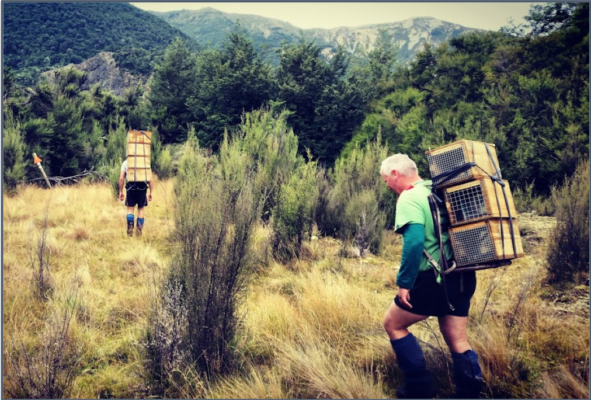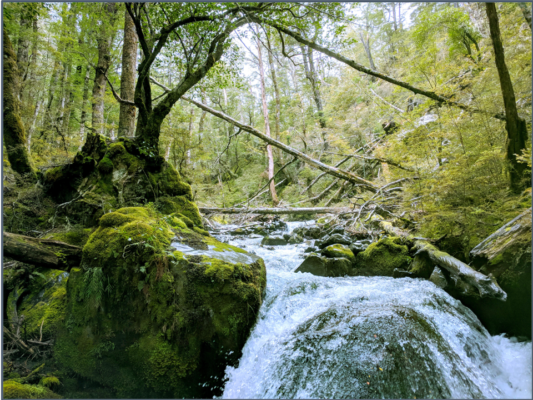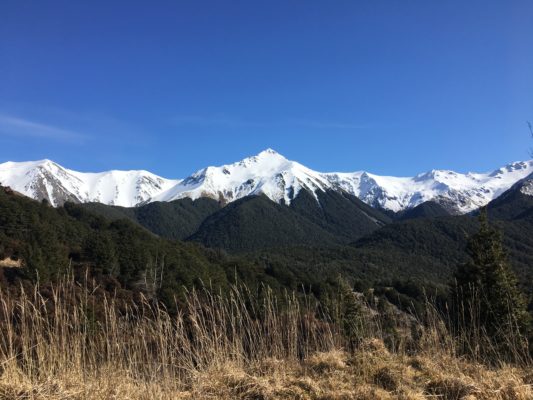The New Zealand Conservation Trust (NZCT), based in Christchurch, has one of the largest kiwi breeding facility facilities in the South Island. They have an office at Willowbank Wildlife Reserve and work closely with Willowbank Wildlife Reserve staff who manage and care for three different kiwi species juvenile kiwi. Last season (2017-2018) over 56 kiwi chicks (54 Okarito Rowi and two Haast Tokoeka) were cared for at Willowbank, with an additional four great spotted kiwi and two North Island brown eggs being incubated and subsequent chicks cared for.

While the original focus of the Trust was on kiwi, that’s not all they do, however. Volunteers from the New Zealand Conservation Trust also work with Canterbury Environment Trust volunteers in Craigieburn Forest Park managing 400 DOC 200 stoat traps.
“We’ve been trapping for the last 10 years or more,” says NZCT volunteer trapper and Vice Chair, Maija Ravenscroft, “but the trapping has got more intensive in the last 3-4 years. We carpool and have a monthly trip out from Christchurch to check the traplines.”
Recently the group has taken on a second trapping project – the Carlyle Valley Biodiversity Project – where Maija is the project coordinator.
“With the increased awareness of Predator Free 2050, some volunteers wanted to trap somewhere else as well,” she explains. “We started trapping in the Carlyle Valley in Lake Sumner Forest Park two years ago. It’s about ½ an hour’s drive from Hamner Springs, heading towards the Lewis Pass.”

Because the Carlyle Project was a new trapping area, NZCT had to start from scratch.
“We are working on our own on this project,” says Maija. “There was a track there originally though so we’ve made our traplines there to make it easier. Currently we have 70 DOC 200 traps and 80 Sentinel possum kill traps of which 35 are currently operational. We’re still setting the possum traps up.”
The group has noticed that the area has quite a large possum population.
“We’re looking at getting a contractor in to get the possum numbers down, then volunteers will keep the numbers down,” Maija says. “The 80 Sentinel traps won’t cope at the moment.”
The good news is there doesn’t seem to be as many stoats in Carlyle as at Craigieburn.
“There’s not as many as we expected.”
Checking the traplines at Carlyle takes a full weekend.
“We have a monthly carpool,” Maija says, “It’s a 2-day job with a 6km walk to the hut. One or two really fit volunteers are able to do the lines in one day, but I wouldn’t recommend it. The track is quite steep at the beginning.”
NZ Conservation Trust volunteers are also carrying out wasp eradication at Carlyle Valley using Vespex.
“There are a lot of wasps,” Maija says. “When volunteers put out the Verspex they came back to the bait station 20-30 minutes later and there were hundreds of wasps. They made a phenomenal noise!”
NZCT is hoping that getting rid of wasps will make life easier for the resident birds.
“There are a variety of bush birds in the Carlyle Valley with some kea and kakariki. We did a bird survey 2 years ago and the multitude of bush bird species surprised the surveyor, Dr Des Smith. We’d like to survey invertebrates too. When wasp control was carried out in Craigieburn it made a big difference – there were a lot more bellbirds. Wasps compete with them for food.”
But wasp eradication is far from over – even at Craigieburn.

“We had a trapline day there last weekend,” Maija says “And you knew before you reached a trap whether it had caught anything. If it had caught something, you could hear the wasps as you approached.”
New projects in the pipeline include starting a new trapline in the Cass Valley – the next valley after Craigieburn Skifield. NZCT is also in the early stages of starting a trapping project closer to home – in the suburbs of Christchurch.
“It’s a 1 ½ hour drive from Christchurch to Craigieburn and takes 2 hours 15 minutes to get to the Carlyle Valley, so it would be good to have a suburban project as well, working with the community.”
Aspirational goals for the group are to make the Carlyle Valley predator free, to increase biodiversity and maybe one day have kiwi translocated back to the area.
“That would be the ultimate success, but it’s a long way away.”
The social aspect of the volunteer weekends is also very important to Maija and the other volunteers.
“Most of our volunteers have a tramping background,” says Maija. “There is a core group of 10 with some others who come occasionally. We learnt at Craigieburn that it helps to commit volunteers to the work if there is a social aspect,” she explains. “We carpool, we work in pairs and we lunch together.”
“Volunteering has three benefits for everyone – it’s active, it helps the environment and it’s social. At Craigieburn volunteers range in age from 10-70 years with families involved,” she adds, “But at Carlyle it’s the young and fit!”

